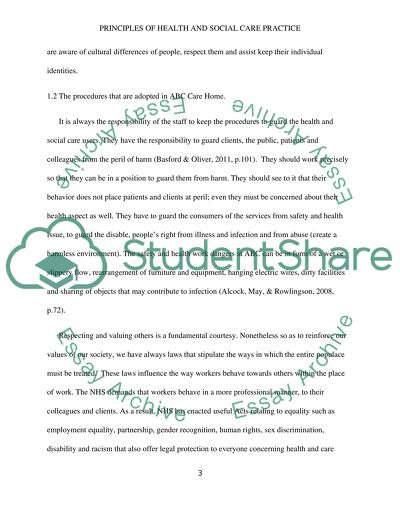Cite this document
(“Principles of Health and Social Care Practice Essay - 2”, n.d.)
Principles of Health and Social Care Practice Essay - 2. Retrieved from https://studentshare.org/health-sciences-medicine/1628677-principles-of-health-and-social-care-practice
Principles of Health and Social Care Practice Essay - 2. Retrieved from https://studentshare.org/health-sciences-medicine/1628677-principles-of-health-and-social-care-practice
(Principles of Health and Social Care Practice Essay - 2)
Principles of Health and Social Care Practice Essay - 2. https://studentshare.org/health-sciences-medicine/1628677-principles-of-health-and-social-care-practice.
Principles of Health and Social Care Practice Essay - 2. https://studentshare.org/health-sciences-medicine/1628677-principles-of-health-and-social-care-practice.
“Principles of Health and Social Care Practice Essay - 2”, n.d. https://studentshare.org/health-sciences-medicine/1628677-principles-of-health-and-social-care-practice.


